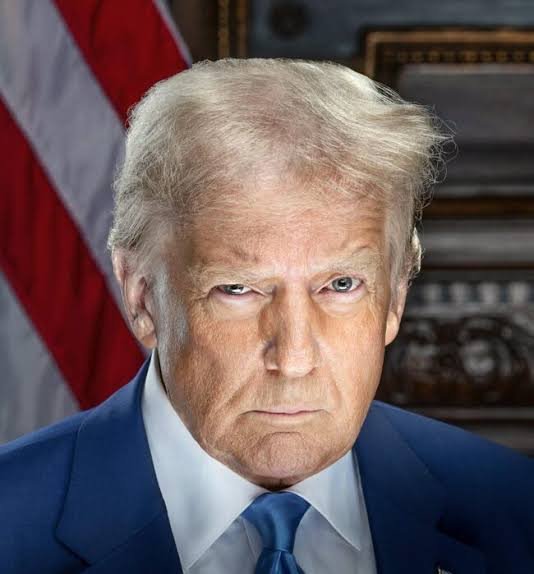The United States has intensified its trade conflict with China by announcing a staggering 104% tariff on Chinese imports, effective at midnight on April 9, 2025. This decision comes after China failed to lift its retaliatory tariffs by a specified deadline. White House Press Secretary Karoline Leavitt confirmed the new tariffs during a press briefing, stating that President Trump believes China made a strategic error by retaliating against earlier U.S. tariffs. Leavitt emphasized that the U.S. response is to “punch back harder” when provoked.
The 104% tariff is part of Trump’s broader reciprocal tariffs plan, which already included significant levies on Chinese goods. This escalation follows China’s imposition of a 34% reciprocal tariff on U.S. imports in response to previous U.S. tariffs. Despite the aggressive stance, Leavitt indicated that Trump would be open to negotiations if Chinese President Xi Jinping seeks to discuss a deal, suggesting a possible avenue for dialogue amid rising tensions.
The Trump administration has defended its trade measures by accusing China of using non-market policies that undermine U.S. industries and seeking global dominance in key manufacturing sectors. The announcement has led to concerns about the impact on U.S. markets and industries, with many analysts predicting that these tariffs could result in increased prices for consumers and further strain economic relations between the two countries.
This latest move marks a significant escalation in the ongoing trade war between the U.S. and China, with potential ramifications for global trade dynamics.






